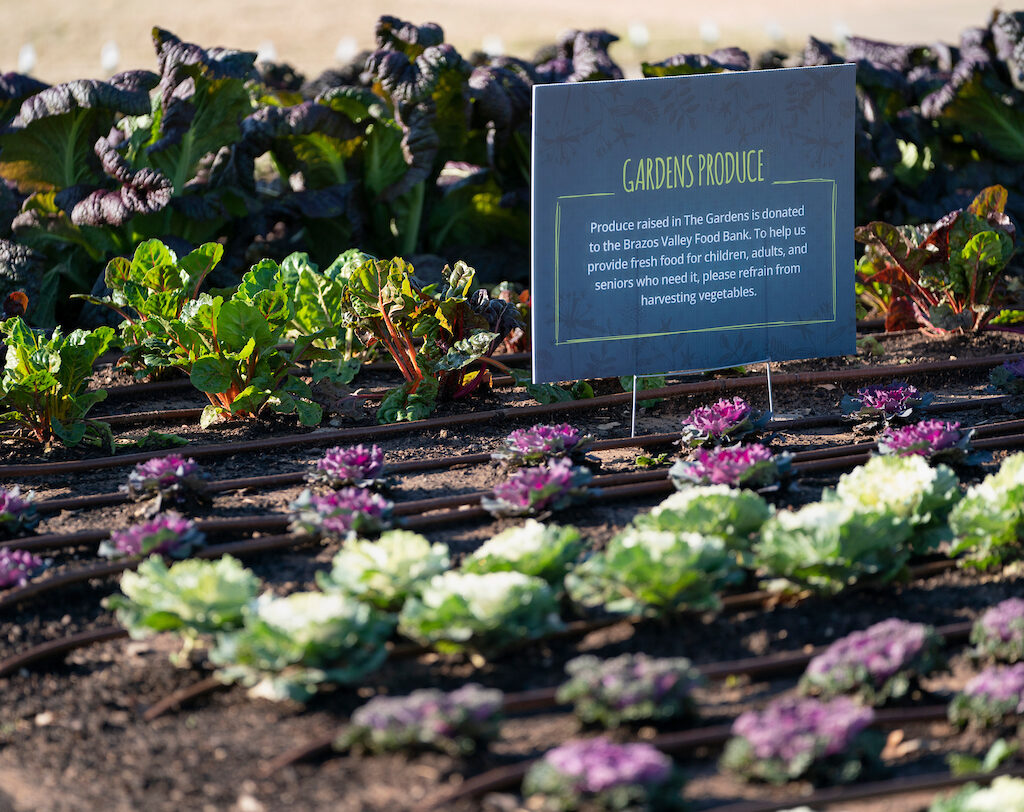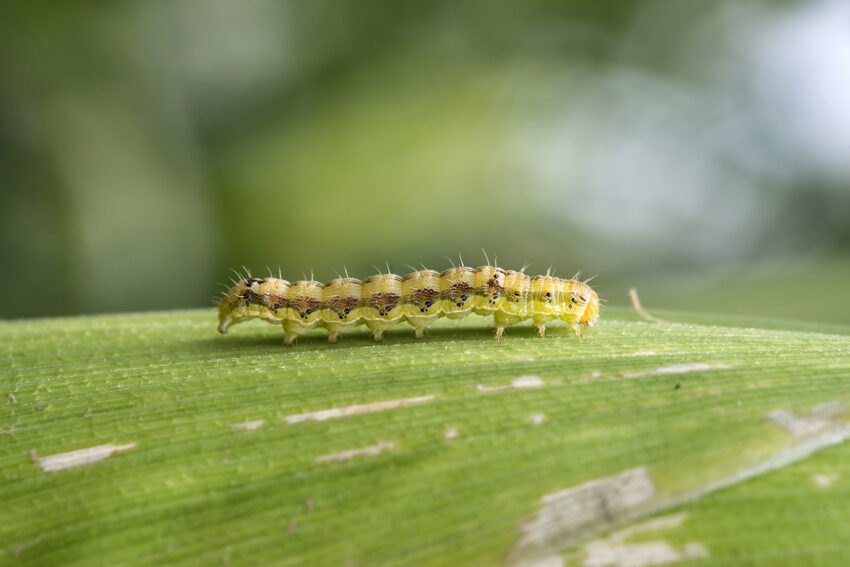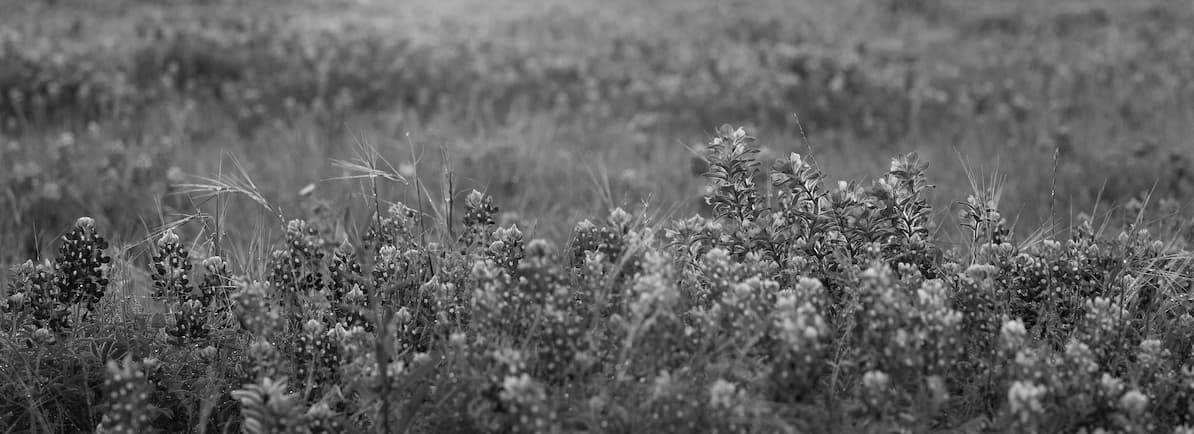Crops & Produce
From strategic agricultural production practices to safe handling of produce coming out of gardens and fields, Texas A&M AgriLife Extension Service provides in-depth information and a variety of experts to help food producers get fruits and vegetables and other crops to consumers safely.
Related Departments: Soil and Crop Sciences, Horticultural Sciences, Animal Science, Agricultural Economics

Cotton Insect Scouting School

Learn About
Crops & Produce
Publications
Programs
Courses
All Resources on Crops & Produce
- Publication
After decades of research, the effects and interactions of fertility, row, and plant spacing, planting date, environmental conditions, insects, diseases, and hybrids are better understood. All are important in determining sorghum crop yield. This publication gives information on growth and development, planting, plant density, fertility, and water. (13 pages)
- Publication
This publication aims to help producers make decisions on herbicide use for volunteer cotton. Volunteer cotton can compete with the crop and reduce yield. It also can make the boll weevil eradication program less successful’ primarily in South and East Texas’ because the plants can host boll weevils. Although complete control is a challenge, it […]
- Publication
The buildup of phosphorus in lawns, gardens, pastures, and croplands can cause plants to grow poorly and even die. Excessive soil phosphorus reduces the plant’s ability to take up required micronutrients, particularly iron and zinc, even when soil tests show there are adequate amounts of those nutrients in the soil. Phosphorus buildup is caused by […]
- Publication
Corn and grain sorghum producers who use atrazine herbicide will be interested in the results of this study of three application methods (the conventional broadcast method, the pre-plant incorporation method, and the banding method) to determine which is best for protecting surface water from contamination while preventing weed growth and preserving crop yields. (3 pages)
- Publication
his publication discusses the five types and proposes a year-round forage management system that combines types according to a particular producer’s needs.
- Publication
This 3-page publication explains how to make the best use of hay in beef cattle operations.
- Publication
This 5-page publication offers information on selecting the most suitable variety of bermudagrass; preparing the land; planting seed, sprigs, stolons, or tops; renovating bermudagrass fields; and managing and harvesting the crop.
- Publication
Hay production in Texas is a big business. This comprehensive guide explains all the considerations relevant to the hay enterprise. Topics include: Forage species selection Animal nutrient needs Soil fertility Weed management Forage harvesting and analysis Final considerations on the best ways to buy and sell hay. (17 pages)
- Publication
This 7-page publication uses a series of questions and examples to explain the considerations for choosing the right pasture plants.
- Publication
This 8-page publication explains how best to manage bluestem grasses.
